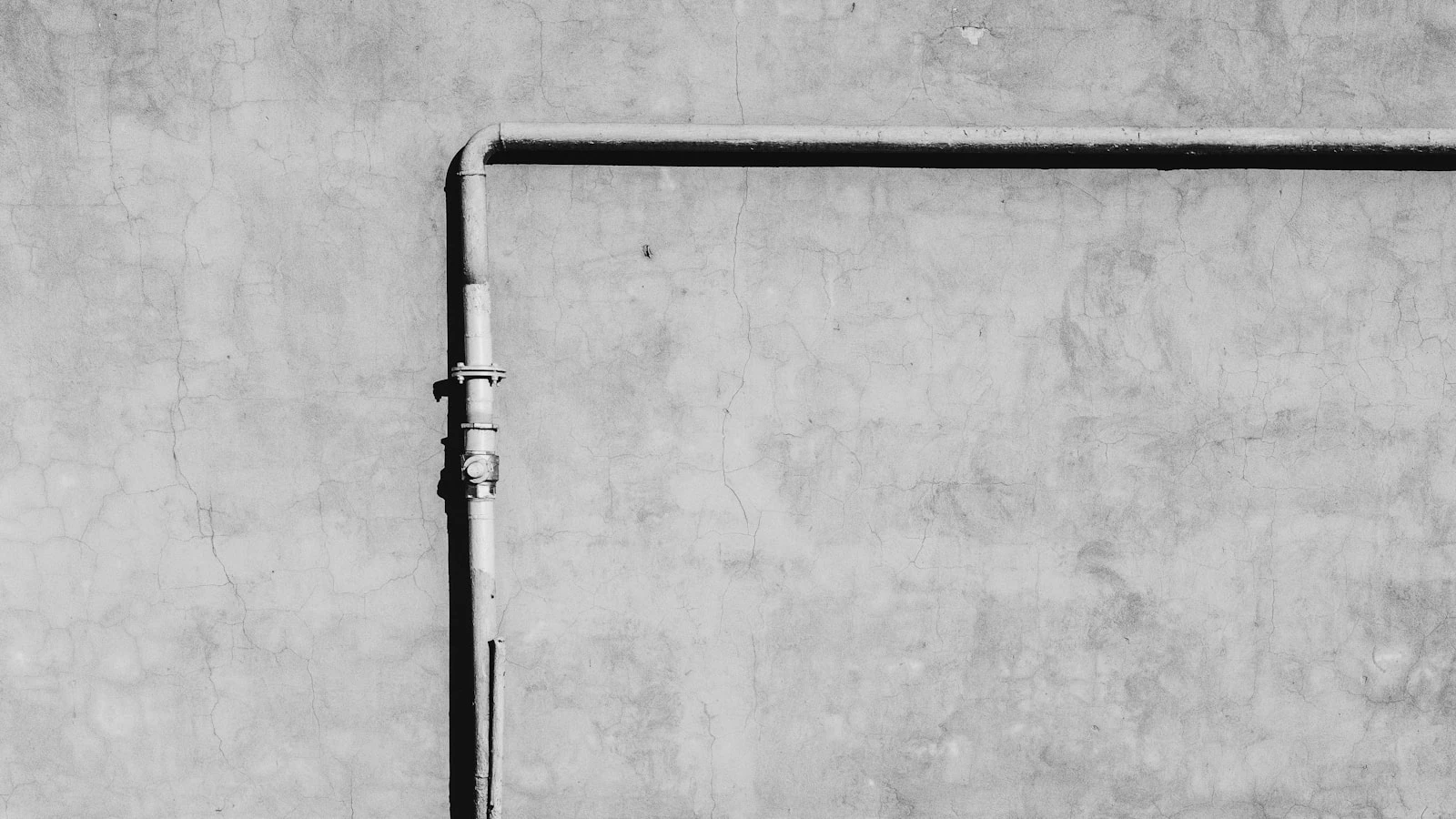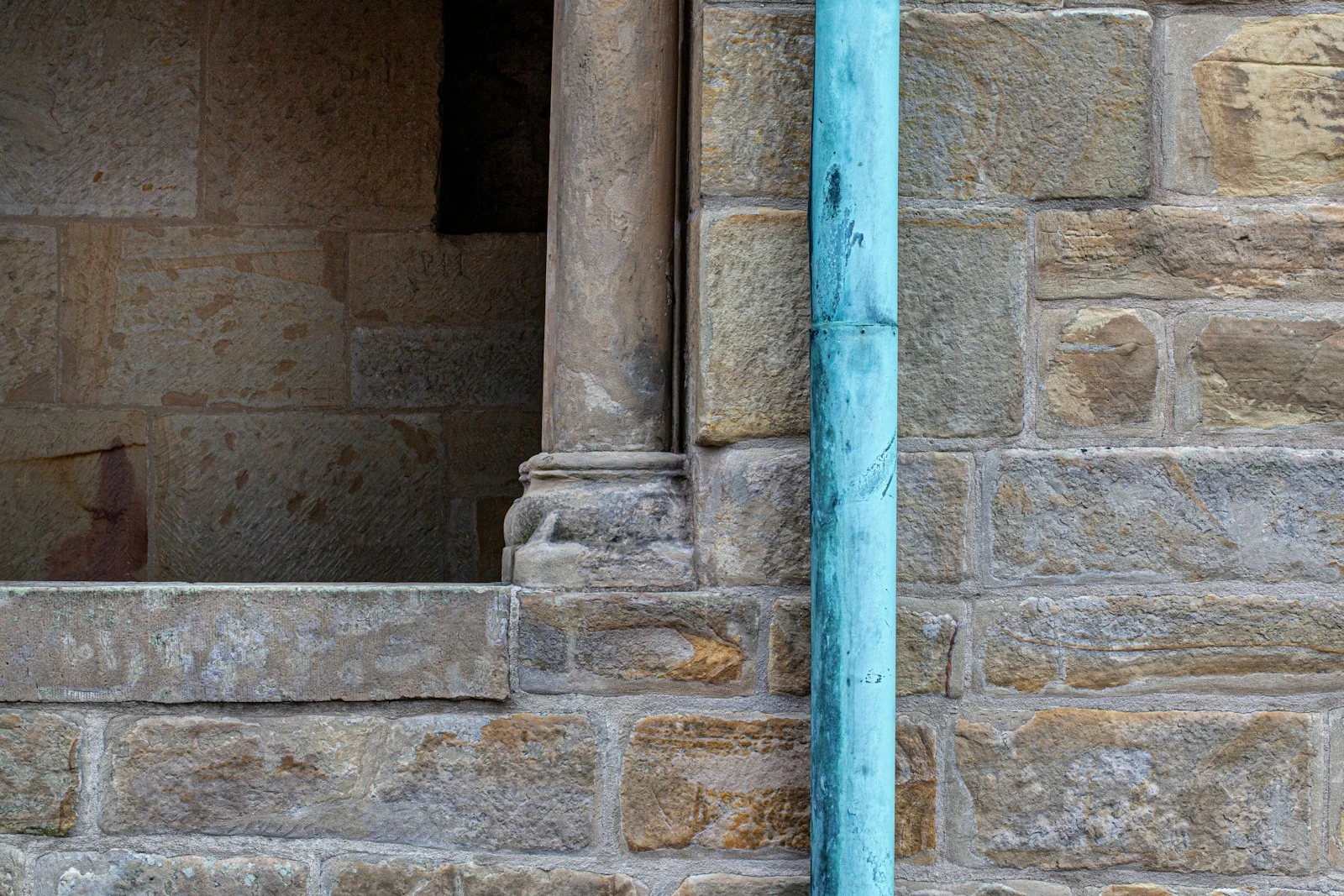Introduce PPR Pipe
When it comes to piping materials, PPR (Polypropylene Random Copolymer) and PVC (Polyvinyl Chloride) pipes are two of the most popular options in the market. Each has its unique set of characteristics, advantages, and disadvantages, making them suitable for different applications. This article will delve deep into the comparison between PPR Pipe and PVC pipes, discussing their properties, applications, benefits, and drawbacks, and helping you make an informed decision for your plumbing needs.
Understanding PPR Pipe
PPR pipes are made from a thermoplastic polymer that exhibits excellent flexibility, durability, and chemical resistance. These pipes are often used in both hot and cold water systems, making them a versatile choice for residential, commercial, and industrial applications.
Key Features of PPR Pipe
- High Thermal Resistance: PPR pipes can withstand temperatures up to 95°C (203°F), making them ideal for hot water applications.
- Corrosion Resistance: Unlike metal pipes, PPR pipes do not rust or corrode, which extends their lifespan.
- Chemical Resistance: PPR is resistant to a wide range of chemicals, making it suitable for transporting various fluids.
- Low Thermal Conductivity: This property minimizes heat loss, enhancing energy efficiency.
- Lightweight and Easy to Install: PPR pipes are significantly lighter than metal pipes, which simplifies transportation and installation.
Understanding PVC Pipes
PVC pipes, on the other hand, are made from a synthetic plastic polymer. They are widely used in plumbing, drainage, and construction due to their durability and affordability.
Key Features of PVC Pipes
- Cost-Effective: PVC pipes are generally less expensive than PPR pipes, making them a popular choice for budget-conscious projects.
- Good Chemical Resistance: PVC pipes can resist various chemicals, though not as extensively as PPR.
- Rigid Structure: PVC pipes are sturdy and can withstand significant external pressure.
- Temperature Limitations: PVC pipes are suitable for cold water applications but can be damaged by high temperatures (usually above 60°C or 140°F).
- Ease of Installation: Like PPR, PVC pipes are also lightweight and easy to handle, which simplifies installation.
Comparing PPR Pipe and PVC Pipes
To provide a clearer understanding of how PPR and PVC pipes stack up against each other, let’s break down their comparison into several key categories.
1. Temperature Resistance
PPR Pipes: PPR pipes excel in high-temperature applications. They can handle temperatures up to 95°C, making them suitable for hot water systems and heating applications.
PVC Pipes: PVC pipes are not ideal for hot water applications as they can start to deform at temperatures above 60°C. They are primarily suited for cold water systems and drainage.
2. Chemical Resistance
PPR Pipes: PPR offers superior chemical resistance, allowing it to transport a wide variety of fluids without degrading.
PVC Pipes: While PVC also provides decent chemical resistance, it is not as extensive as PPR, making PPR the better choice for transporting aggressive chemicals.
3. Durability and Lifespan
PPR Pipes: PPR pipes can last over 50 years with proper installation and maintenance due to their resistance to corrosion and scaling.
PVC Pipes: PVC pipes are also durable but typically have a lifespan of about 25-40 years. Their rigid structure can crack under extreme conditions.
4. Cost Considerations
PPR Pipes: PPR pipes usually have a higher upfront cost due to their material and manufacturing processes. However, the long-term savings from reduced maintenance and longer lifespan can offset the initial investment.
PVC Pipes: PVC pipes are more budget-friendly upfront, making them attractive for projects with tight budgets. However, they may require more frequent replacements or repairs, leading to higher long-term costs.
5. Installation Process
PPR Pipes: The installation of PPR pipes involves hot melt welding, which requires specific skills and equipment but results in strong, leak-proof joints.
PVC Pipes: PVC pipes are often joined using solvent cement, which is straightforward and can be done by almost anyone with basic plumbing skills. This ease of installation can reduce labor costs.
6. Environmental Impact
PPR Pipes: PPR pipes are recyclable and free from harmful chemicals, making them an environmentally friendly option.
PVC Pipes: While PVC pipes are also recyclable, their production involves chlorine and other chemicals, raising concerns about environmental sustainability.

Applications of PPR Pipe and PVC Pipes
PPR Pipe Applications
- Hot and Cold Water Supply: PPR pipes are commonly used in plumbing systems for both hot and cold water.
- Heating Systems: Ideal for underfloor heating and radiator connections due to their high-temperature tolerance.
- Industrial Applications: Suitable for transporting chemicals and other fluids in various industries.
PVC Pipe Applications
- Drainage Systems: PVC pipes are widely used in sewer and drainage applications due to their strength and resistance to water.
- Irrigation Systems: Commonly used in agricultural settings for irrigation due to their affordability and ease of installation.
- Ventilation: PVC pipes are also utilized in HVAC systems for air ducts.
Pros and Cons of PPR Pipe and PVC Pipes
PPR Pipes
Pros
- High temperature and chemical resistance.
- Durable with a long lifespan.
- Environmentally friendly and recyclable.
- Suitable for a wide range of applications.
Cons
- Higher initial cost compared to PVC.
- Requires specialized equipment for installation.
PVC Pipes
Pros
- Cost-effective and widely available.
- Easy to install with solvent cement.
- Good for cold water and drainage applications.
Cons
- Limited temperature resistance.
- Less durable than PPR and can crack under stress.
Conclusion
Both PPR Pipe and PVC pipes have unique advantages that make them suitable for different applications. PPR pipes are ideal for high-temperature and chemical applications, while PVC pipes excel in cost-effectiveness and ease of installation for cold water and drainage systems. The choice between PPR and PVC pipes ultimately depends on your specific needs, budget, and the environment in which the pipes will be used. Understanding these differences can help you make an informed decision that meets your plumbing requirements.
Frequently Asked Questions (FAQs)
- What is the primary difference between PPR and PVC pipes?
- PPR pipes are better for hot water and chemical applications, while PVC pipes are primarily used for cold water and drainage.
- Can PPR pipes be used for drinking water?
- Yes, PPR pipes are safe for transporting potable water and do not leach harmful chemicals.
- How long do PPR and PVC pipes last?
- PPR pipes can last over 50 years, while PVC pipes typically last around 25-40 years.
- Is the installation process for PPR pipes more complicated than for PVC pipes?
- Yes, PPR pipes require hot melt welding, which requires specialized skills, while PVC pipes can be joined with solvent cement, making installation easier.
- Are both types of pipes environmentally friendly?
- PPR pipes are generally more environmentally friendly as they are recyclable and free from harmful chemicals. PVC pipes can be recycled, but their production involves chlorine and other chemicals, raising environmental concerns.


















